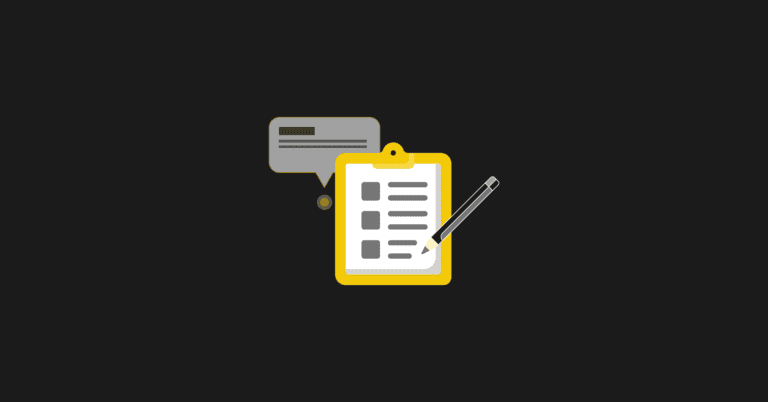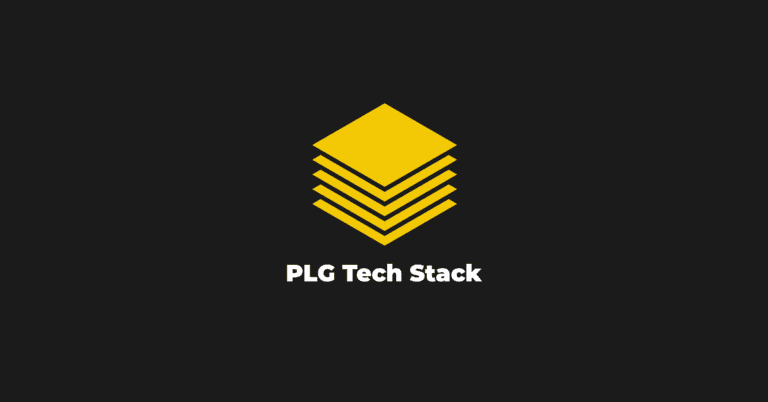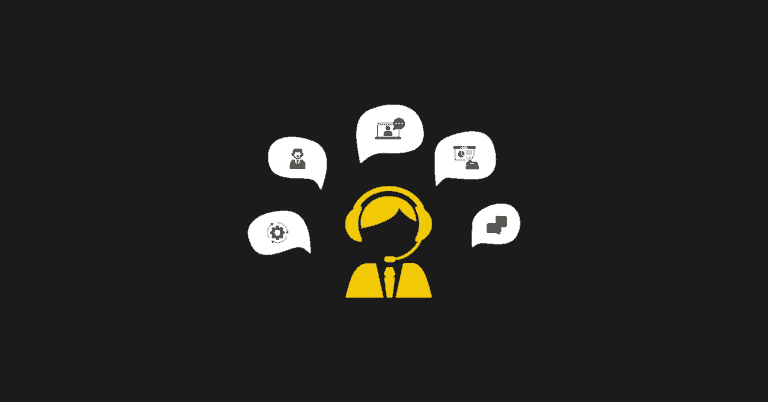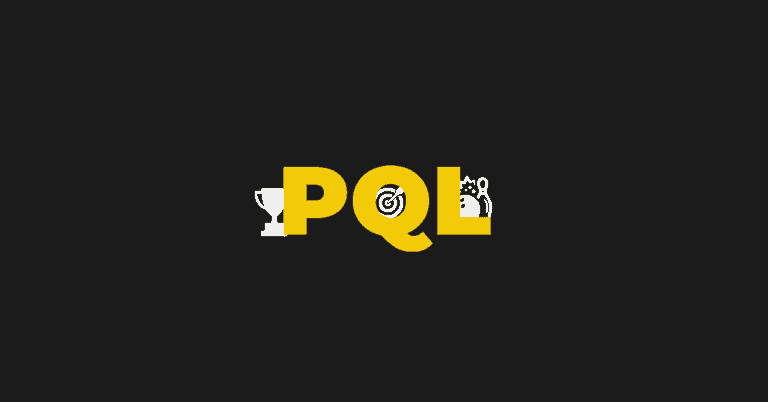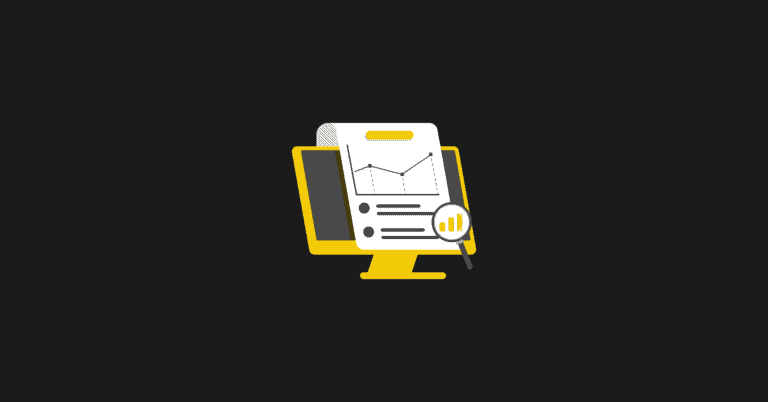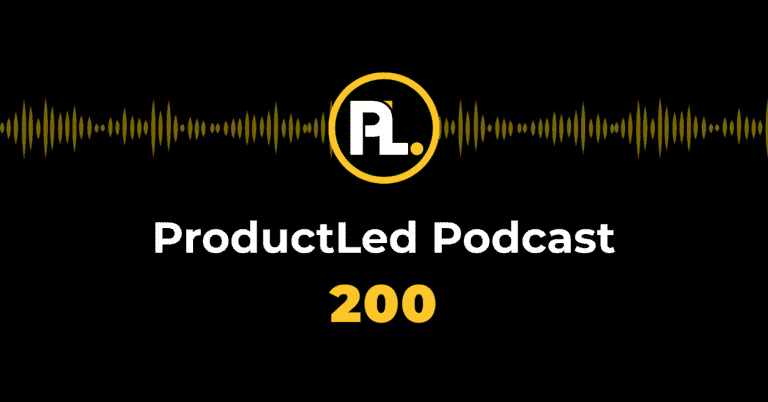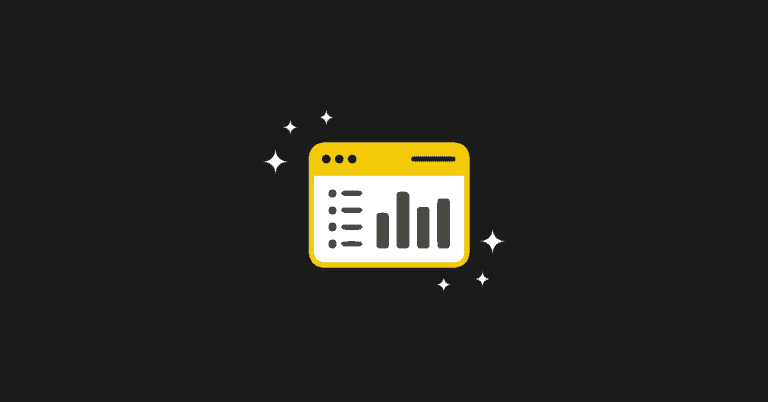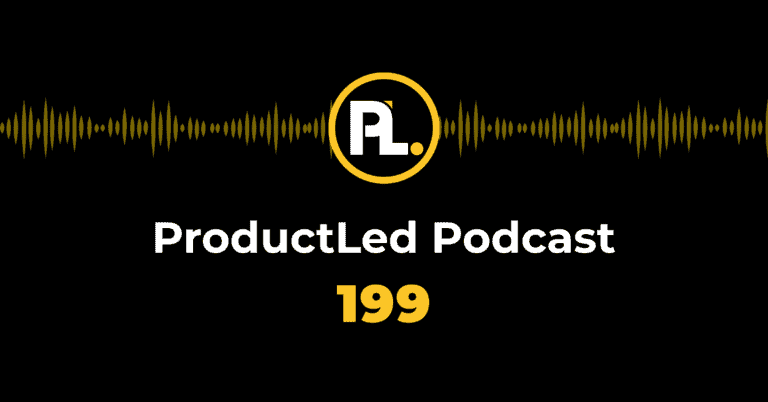The term freemium combines "free" and "premium."
In product-led growth (PLG), the freemium model is a user acquisition strategy. It offers a free product version alongside a paid version enriched with additional features.
This dual-tiered growth strategy has been successfully employed by notable platforms like Popular platforms like DropBox, Evernote, and LinkedIn, allowing users to experience the value of a product before deciding to upgrade.
This article will explore the freemium model and compare it to free trials. Then, we'll examine the freemium business approach, its opportunities, challenges, practical implementation tips, and its effectiveness across various industries.
Exploring Freemium vs Free Trial
It's vital to delve deeper into its nuances to unlock the full potential of the freemium model. One crucial aspect is comprehending the distinction between freemium and free trials — two strategies frequently used for customer attraction.
The following outline three areas where these acquisition strategies differ:
New Graphic
Duration of Free Use
The main difference between the two is that freemium offers a basic version of the product for free, while free trials provide limited-time access to the full version.
User Evaluation
With freemium, customers can use the product's basic features for free indefinitely. This approach allows them to get a taste of what the product offers and decide if they want to upgrade to the premium version for additional features.
On the other hand, free trials give customers access to the full version of the product for a limited time, usually ranging from a few days to a month. This allows them to fully experience the product and decide if it meets their needs before committing to a purchase.
Customer Appeal
While both approaches have advantages, freemium often appeals to customers as it allows them to use the product indefinitely for free. Doing so can be particularly beneficial for products with a strong viral or network effect, as more users can create more value for everyone.
On the other hand, free trials can be more effective for products that require a more profound understanding or a longer time to appreciate their value fully.
Ultimately, the choice between freemium and free trial depends on the nature of the product and the target market.
Freemium Business Model
The freemium business model offers limited features to free users and full access to paid subscribers.
The basic principles of freemium include providing a valuable product or service for free to attract a large user base and then monetizing that user base by offering premium features or upgrades at a cost.
The freemium business model offers a free version of a product or service sufficient for users to get started and experience its value. This free version typically has limited functionality or features.
The goal is to attract a large user base by eliminating the barrier of entry and allowing users to try the product or service without any upfront cost. Once users are engaged and find value in the free version, they are more likely to upgrade to the premium version for additional benefits or advanced features.
The Freemium Model: Challenges and Opportunities
Freemium is not a one-size-fits-all approach, and understanding the pros and cons of the method is crucial for product-led businesses to analyze and effectively harness the power of freemium to drive growth and profitability.
Opportunities of the Freemium Model
- Disruptive Growth Strategy: The freemium model thrives in a disruptive environment. You can attract prospects already using existing solutions by offering a free version. Keeping costs low and providing a scaled-down version of an existing solution can be a powerful way to disrupt the market.
- Customer Acquisition: The freemium model can be an effective strategy for customer acquisition. By offering a free version, you can lower the barrier to entry and attract a larger pool of potential customers. This can lead to increased brand awareness and word-of-mouth referrals.
- Upselling and Cross-Selling Opportunities: The freemium model provides opportunities for upselling and cross-selling. Once customers use the free version and experience its value, they may be more inclined to upgrade to the paid version or purchase additional products or services.
- Feedback and Product Improvement: A free version allows you to gather valuable user feedback. This feedback can improve the product and better understand customer needs and preferences.
Challenges of the Freemium Model
- Creating a Compelling Free Product: To make the freemium model work, you need a free product that is so good that people talk about it and refer it to others. It should have a "wow factor" that differentiates it from competitors.
- Balancing Features: Offering a free version without compromising the value of the paid version can be challenging. It requires careful consideration of which features to include in the free version and which to reserve for the paid version.
- Monetization: Finding the right balance between offering enough value for free and incentivizing users to upgrade to the paid version is crucial. It requires a deep understanding of your target audience and their willingness to pay for additional features or functionality.
- Customer Education: With the freemium model, customers often need to educate themselves about the product. This places the burden of product or service education on the customer, which can be challenging.
To learn more about the freemium model and its implementation, check out our book on Product-Led Growth.
The Psychology of Freemium
The psychology behind freemium lies in reciprocity and the desire to unlock additional benefits or features.
Users with a free version of a product or service that offers value feel a sense of gratitude and reciprocity towards the company. This feeling can increase the likelihood of upgrading to the premium version to reciprocate the value received.
Additionally, the fear of missing out on enhanced features or benefits can create a sense of urgency and drive users to upgrade.
Learn more in our "Guide to Behavioral Psychology in Product-Led Marketing."
Freemium Examples
In this section, we'll explore some notable examples of the freemium model in action:
Dropbox
Dropbox is a prime example of a successful freemium model. The free version offers a generous amount of storage space, enticing users to sign up and experience the convenience of cloud storage.
As they become more dependent on the platform, they may upgrade to a paid subscription for additional storage and advanced features.
Evernote
Evernote is another freemium success story. The free version allows users to create and organize notes across multiple devices, making it an essential tool for productivity.
Evernote example
Users can upgrade to a premium subscription as they become more engaged and require additional features like offline access and team collaboration.
LinkedIn, the professional networking platform, also utilizes a freemium model. The free version allows users to create profiles, connect with others, and access basic features.
You can create a user profile and login and view ProductLed’s LinkedIn page.
However, to unlock premium features like advanced search filters, messaging capabilities, and insights on profile views, you need to upgrade to a paid subscription.
Check out "The 6 Product-Led Free Models: Beyond Free Trial & Freemium" on our blog to discover more examples and strategies for product-led growth.
3 Tips for Implementing Freemium
Here are three elements of your growth strategy to consider before implementing freemium:
1. Make sure your free product has the wow factor.
Your free product must be exceptional to make the freemium model work. It should be so good that people talk about it and refer it to others. This word-of-mouth marketing can be a powerful driver of growth and customer acquisition.
2. Execute a disruptive SaaS growth strategy.
The freemium model thrives in a disruptive environment.
You can draw in prospects using other costly alternatives by offering a scaled-down version of an existing solution. The key is to keep costs low and make the product easy to use. While a free trial can be effective, it may not have the same "magnetic draw" as the freemium model.
3. Freemium is not a revenue model.
It's important to understand that freemium is an acquisition model, not a revenue model.
The goal is to acquire a large user base and convert a percentage of them into paying customers. Doing so requires careful research and analysis to determine the best model for your business. Conduct a competitive analysis to understand what works in your industry.
To learn more about product-led growth and implementing a freemium model, check out "Making Freemium Work: How Prehook did it."
Does Freemium Work?
Freemium has become a popular business model in today's market, but does it work in today's market?
Well, it depends on the industry and the specific product or service.
For some companies, offering a free version of their product or service can be a great way to attract a large user base and generate revenue through upselling or advertising. However, for others, giving away a free version can devalue their offering and make it difficult to convert users into paying customers.
Freemium has proven effective for many highly competitive software and technology companies. By offering a free basic version of their software or app, they can attract a large user base and monetize through premium features or subscriptions. This strategy has worked well for companies like Spotify and Dropbox, which have been able to grow their user base and generate significant revenue.
However, freemium may be less effective in other industries, such as healthcare or professional services. These industries often require high expertise and personalized service, which may not be easily replicated in a free version. Companies may find offering a free trial or consultation more effective than a completely free version of their product or service.
Overall, the effectiveness of freemium in today's market depends on various factors, such as the industry, the specific product or service, and the target audience. While it can be a successful strategy for some companies, it may not work for others.
It's essential for businesses to carefully consider their goals and target audience before deciding whether to adopt a freemium model.
Recap on the Freemium Model
The freemium model is a powerful strategy for driving growth and customer acquisition. By offering a free version of your product that provides value and showcases its core features, you can attract a broad audience and convert them into paying customers.
Freemium entails offering free basic services while providing the option to upgrade to a paid version. It has advantages, including attracting a large user base and increasing retention. Nonetheless, it has challenges, particularly in converting free users to paying ones.
While freemium can be effective in acquiring customers, it requires careful planning and execution to be successful in today's market.
Continue to expand your product-led knowledge and drive the growth of your SaaS company by leveraging the valuable insights from Wes Bush's bestselling book, “Product-Led Growth: How to Build a Product That Sells Itself.”
Alternatively, if you’d like to work with a coach to implement these components into your business, check out ProductLed Academy.
It’s our intensive coaching program where we’ll help you build a strong foundation for product-led growth so that you can scale faster and with more control.
What’s unique about this program is we’ll work with you and your team to implement the proven ProductLed Method so that you can scale faster with less stress.
We’ll go through everything we went through today with your team to ensure everyone is working on building out solutions that will have an outsized impact.


